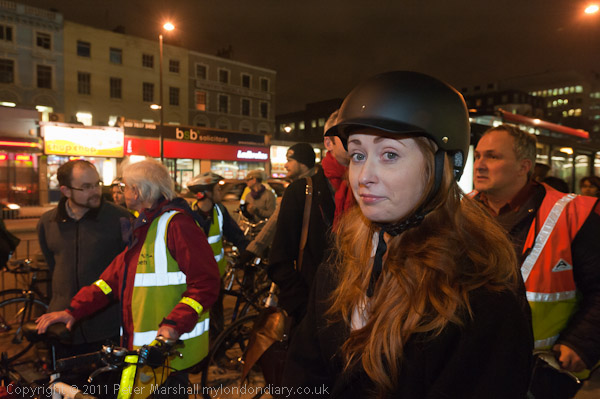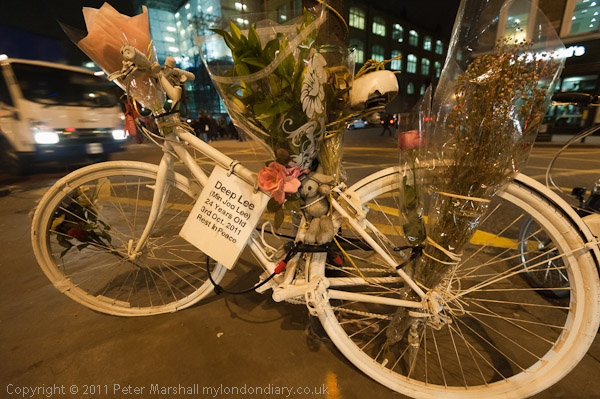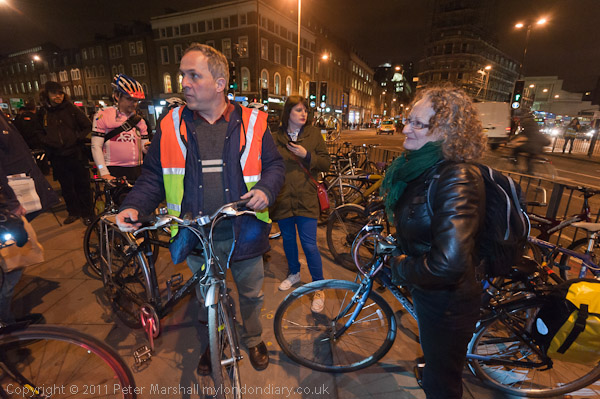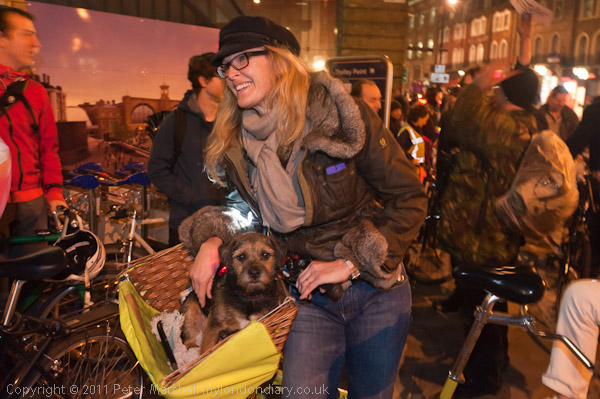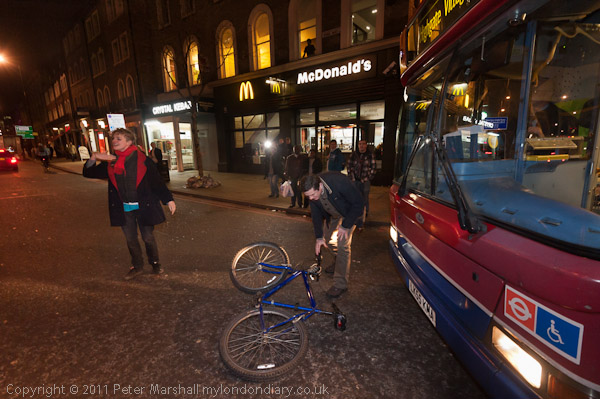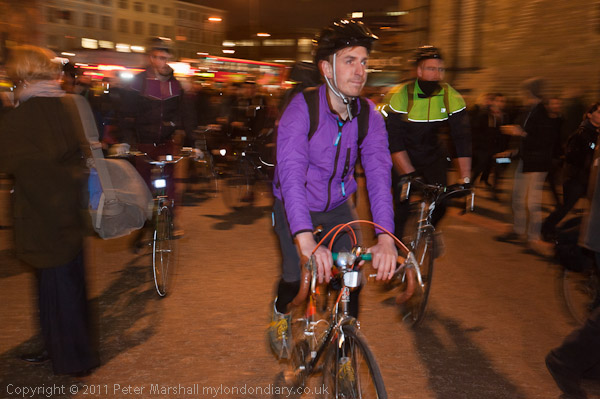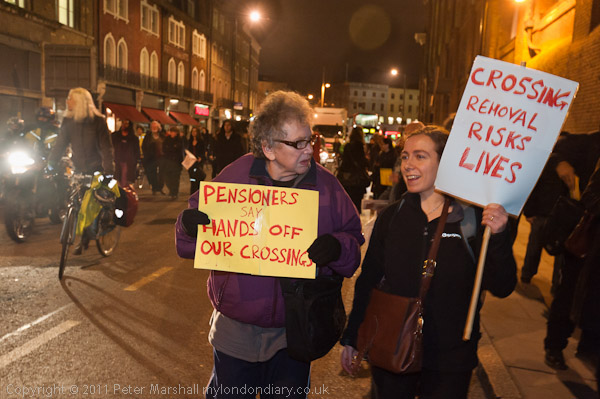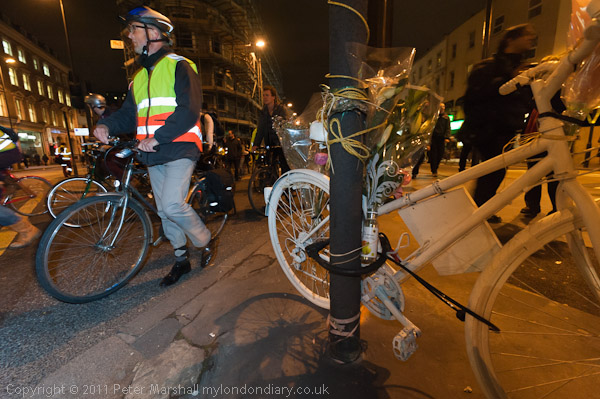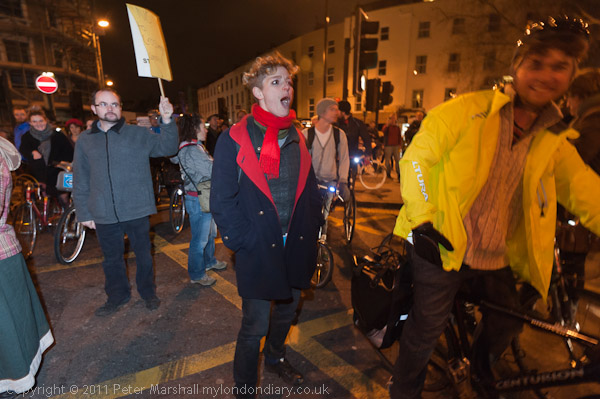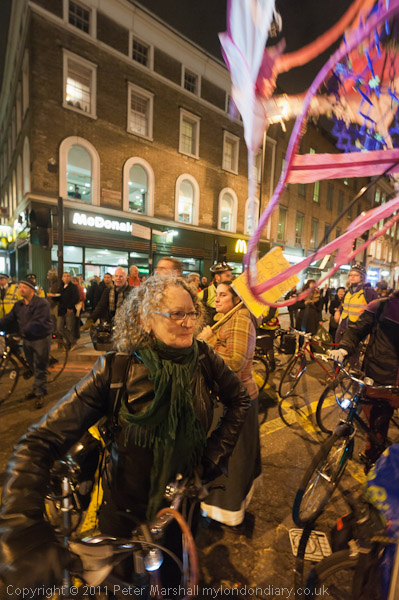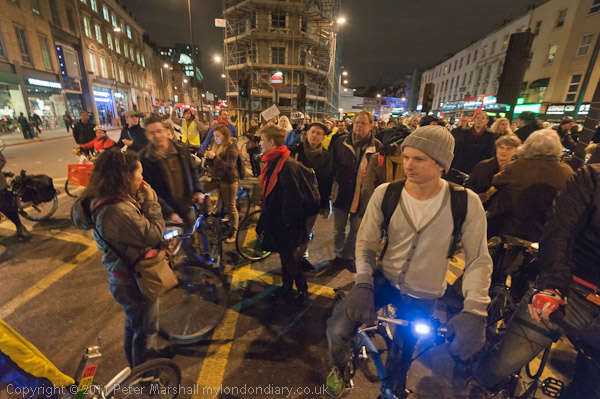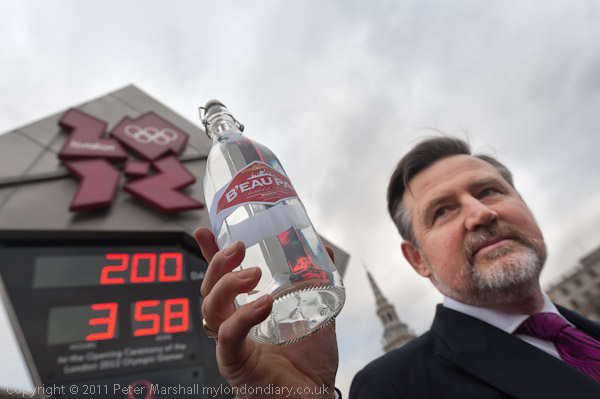Stop Killing Londoners: In the rush hour on Friday 2nd August Rising Up environmental protesters in Stop Killing Londoners briefly blocked the busy Marylebone Road at Baker St in ‘Staying Alive’ road-block disco protest to raise awareness and call for urgent action over the high pollution levels from traffic on London streets which cause almost 10,000 premature deaths in the city each year.
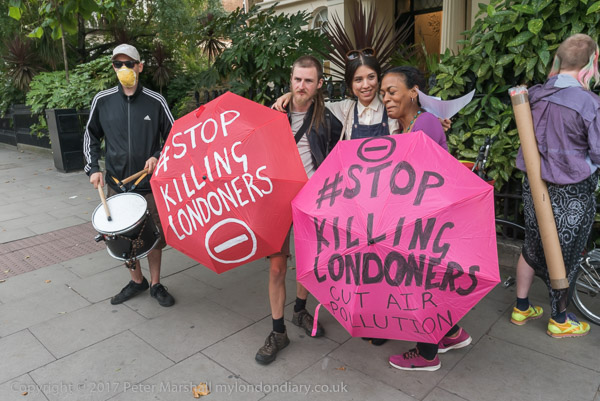
The recent court decision that the Mayor of London can go ahead with the ULEZ expansion planned for the end of August 2023 will be welcomed by many Londoners, despite the continuing protests against it over recent months. According to Transport for London (TFL), 9 out of 10 cars seen driving in outer London already meet the ULEZ emissions standards and so will not need to pay the daily charge.
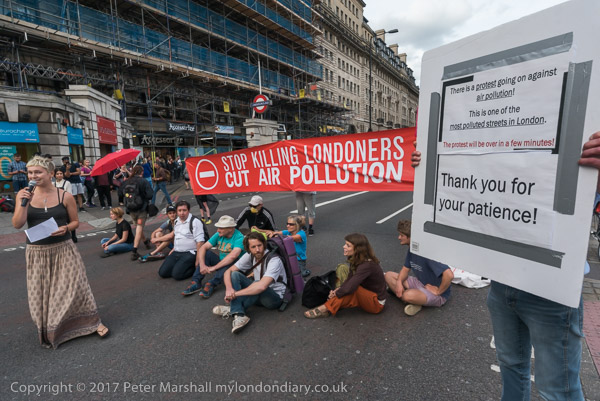
It is nothing like the blanket scheme many of the protesters allege. Almost all petrol vehicles under 16 years old or diesel vehicles under 6 years old already meet the emissions standards and will be exempt, as will motorcycles etc built since 2007, lorries, taxis, most vans, buses and coaches. There are various exemptions and grace periods for disabled and some other users, and all vehicles over 40 years old are also exempt.
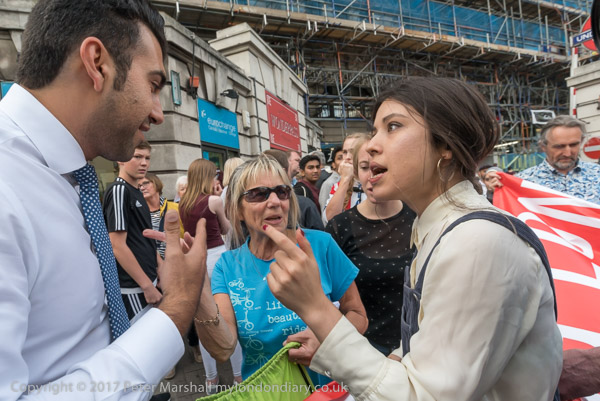
But of course it will cause hardship for some car users, particularly those on low incomes who live outside London but drive into it for work and who will not be eligible for the Mayor’s £110m scrappage scheme for “Londoners on certain low income or disability benefits, and eligible micro businesses (up to 10 employees), sole traders and charities with a registered address in London.” They would be helped if boroughs outside the London border would also offer scrappage schemes.
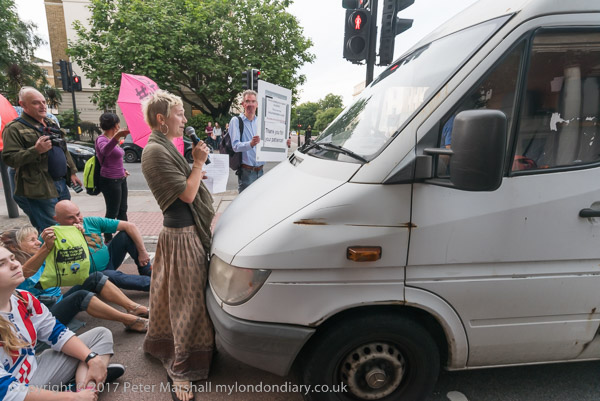
Back in 2017, Stop Killing Londoners decided to protest to raise the profile of the damage that air pollution at illegal levels was doing to Londoners. Polluting road vehicles produce around half of that pollution, and it is a problem in outer areas of London as well as in the centre – and also in at least some areas of the fringe, including where I live.
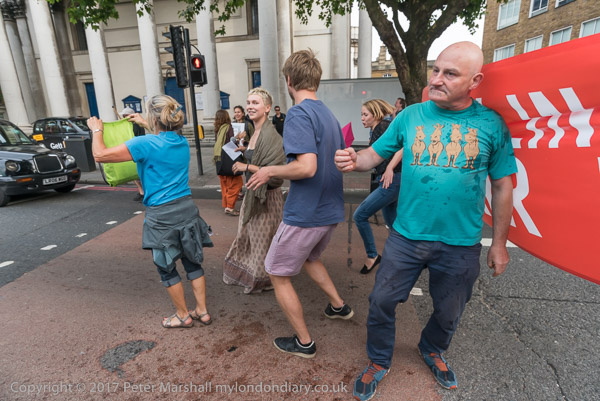
The scientific evidence shows that air pollution in London causes thousands of early deaths each year, although there are some differences about the actual number. The studies quoted by Stop Killing Londoners suggest it was over 9,000 a year, though TfL quotes a figure roughly half that.
But as well as those who die, many others suffer from life-changing illnesses caused or exacerbated by the polluted air, including cancer, asthma and lung disease as well as dementia.
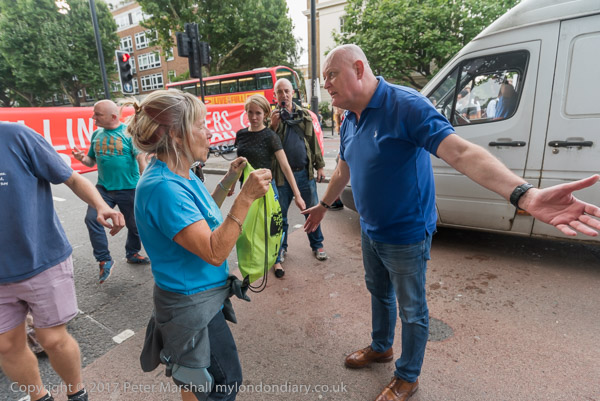
Most dangerous pollution is invisible – oxides of nitrogen and small particles in the air, though we can often smell it in London, and we see larger particles deposited on our roads. Since the ULEZ zone was introduced in central London nitrogen oxide levels have almost halved. But cutting dangerous particulates means reducing the number of vehicles on our streets, so we need to see further money going into making cycling safer and improving public transport.
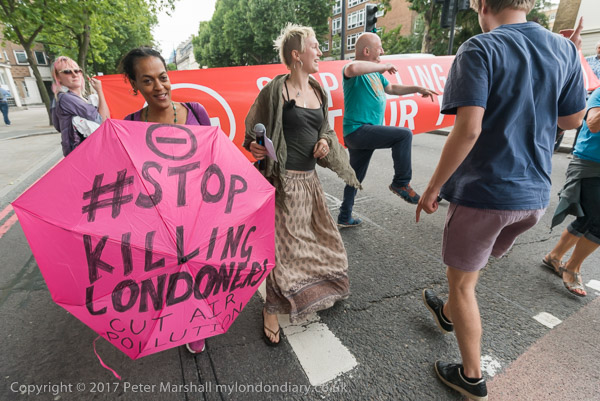
Like the ULEZ expansion, the protest wasn’t welcome with some drivers, although the protesters made clear with notices and on a megaphone why they needed to protest and that they would only hold up traffic for a few minutes – less than some delays caused by road works and their temporary lights. A few left their vehicles and came to argue, and a man in a white van tried to drive through them, only stopping when people sat on the bonnet of his van – when he threw water over them.
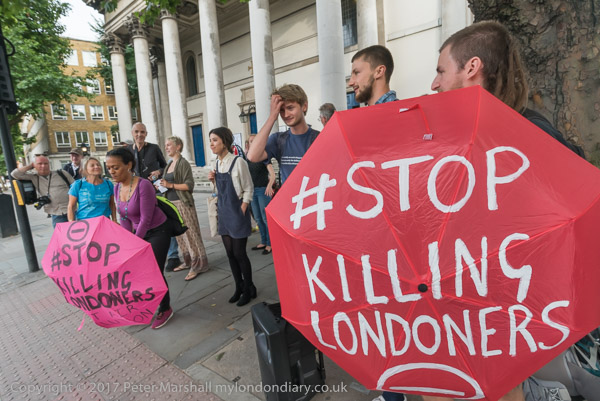
Stop Killing Londoners decided that TfL seemed to be doing very little in 2017 to cut pollution and intended their protests to push them into action. Even Boris Johnson as Mayor until 2016 had realised he had a legal obligation to do something about it and had begun plans for a ULEZ zone, but little happened until Sadiq Khan became mayor in 2016. And the ULEZ zone only came into effect in April 2019. Perhaps the series of protests may have accelerated its introduction as they did make news headlines.
Stop Killing Londoners road block
